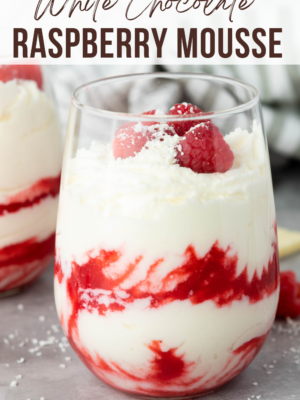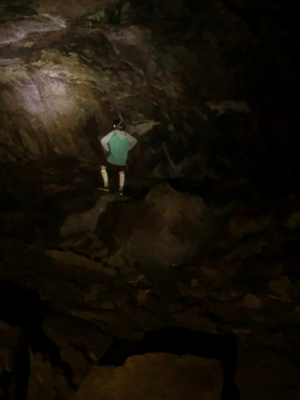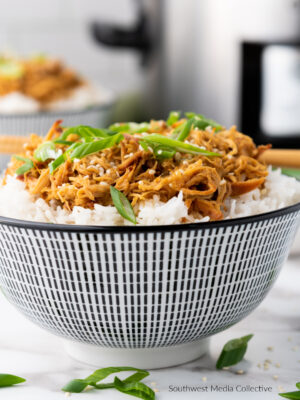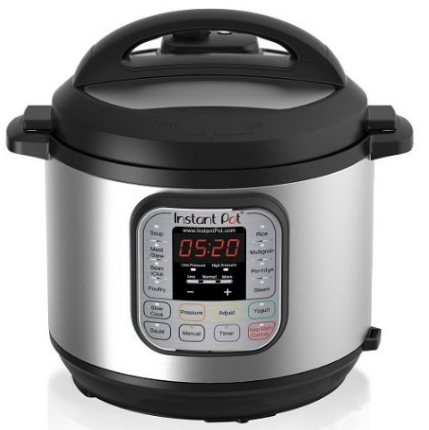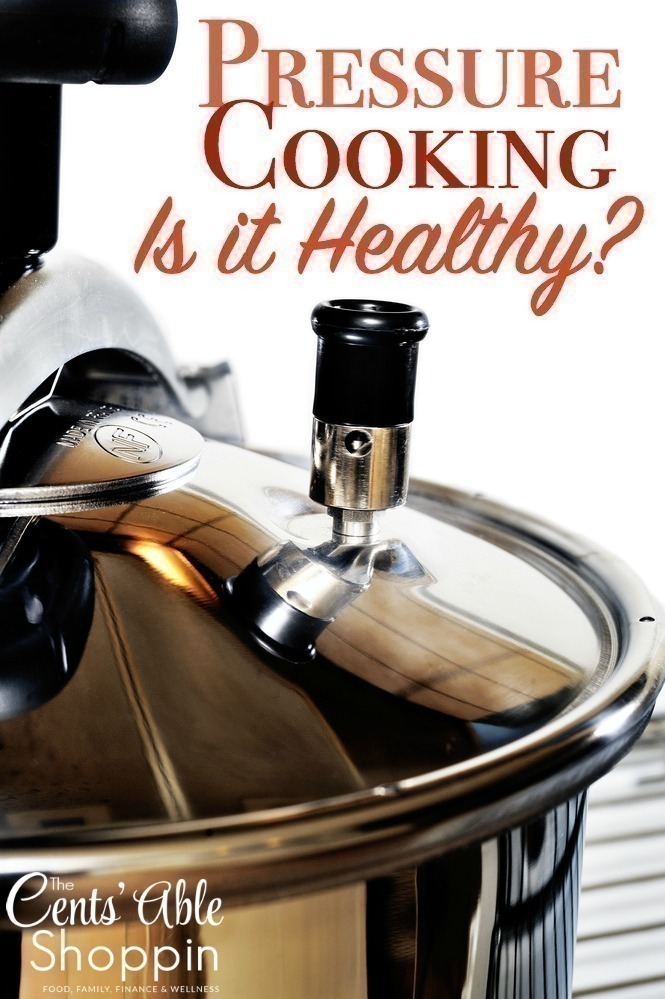
Over the last few months we have written on many occasions about our favorite Kitchen Appliance – the Instant Pot.
5 months after purchasing this pot, there hasn’t been a day that we haven’t used it – we literally use it every day .. sometimes 3-4 times PER day. It makes everything from hard boiled eggs to baked potatoes… steams our veggies, makes us Bone Broth, Yogurt & even (on most nights) dinner.
The only time we don’t use it for dinner is if it’s being used for something else…..
Since mentioning this pot though, we have had several comment – some out of curiosity and some being fairly direct in their opinion of pressure cookers in terms of keeping or destroying nutrients when cooking.
But do they REALLY destroy nutrients? Or is it just a perception?
If you are on the fence about getting one because you think they destroy nutrients in cooking, perhaps it’s time to give it a really hard look ~ because although you might perceive it to do that, it really doesn’t do that at all.
Old Pressure Cookers
While these are still around (and I do have one), the old style pressure cookers that most of us are familiar with, are the variety that go on the stove, and use the heat from the stove to cook food. The pressure pot cooks food using heat and steam – some actually can be used as canners too.
How do they Work?
A pressure cooker cooks your food under pressure using heat and steam. The valve atop the pressure cooker seals the pot and creates a high pressure environment that provides the majority of the cooking power… forcing moisture into the food in the form of steam.
A pressure cooker decreases the cooking time of your food by increasing the boiling point of water – steam can’t escape your pot, so you avoid water loss and can therefore cook your food without the risk of losing heat. But many people ALSO assume that because the cooking time in a pressure cooker is diminished SO much, that the cooker uses a very very high heat – which is not true at all.
The boiling point of water in the pressure cooker is 250 degrees – which is considerably lower than what you would bake something in the stove, or cook on the stovetop if you were boiling – the shortened cooking time is the result of increased pressure.
Of course, the boiling point of water outside the pressure cooker is largely dependent and may change based on where you live.
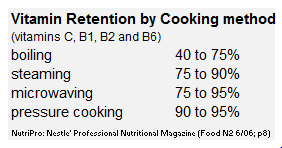
By cooking your food in shorter periods of time, pressure cookers retain more of the nutrients within the food. Pressure cookers use far less water compared to other cooking methods, essentially allowing the steam to cook (while they steam is not allowed to escape)... less water comes into contact with your food which means less vitamins and minerals are leached away.
The vitamins and minerals that might be lost are kept in the pot and transferred to the water (so don’t ever toss the water after cooking, use it!)
In a 2007 study published by The Journal of Food Science, vitamin C retention in broccoli was measured using 5 cooking methods. The broccoli was cooked at high pressure for 2 minutes at 250 degrees F – and 92% of the vitamin C was retained, versus 78% in conventional steaming:
“Boiling and steaming caused significant vitamin C losses, 34 & 22% respectively, while the other treatments (pressure cooking, microwaving) more than 90% retention was observed.” (Src)
Saying that it’s not healthy to pressure cook is equivalent to saying that the food in certain areas of the U.S. are unhealthier than others because some areas of the country have a lower boiling point of water than other areas.
A higher temperature does not destroy nutrients. What destroys nutrients is the length of time you are cooking for.
But Pressure Cookers are not Traditional?
Is pressure cooking healthy? To me it is – but then it depends what you are pressure cooking.
Of course, cheesecake isn’t healthy, so you can’t say that everything it spits out is going to be great for your health. :)
But for many things we make it IS ideal – it helps us make eggs, beans, potatoes, stir fry, and more… it allows us to do it in a much shorter time, without heating up the house by turning on the oven or the stove.
It allows us to steam our vegetables and make a pot of soup in {sometimes} 15 minutes or less.
Pressure Cookers may not be as traditional as some would like ~ after all, they are a technological advance made to help make our life efficient. If you claim that they aren’t traditional, then we’re also assuming that you don’t have an immersion blender, food processor, convection oven, or even mini blender – because those aren’t “truly” traditional either. Right?
By saving on your cooking time you are saving money on your electricity bill.
If you don’t have a pressure cooker, you can pick up several high quality, inexpensive options – we use the Instant Pot. The inner vessel is made of stainless steel (as many people are concerned about chemical leaching that can happen in ceramic slow cookers and non-stick coatings).
We paid $114 for our 7-in-1, which makes yogurt at home — we DO use the yogurt feature weekly and probably wouldn’t have settled for an Instant Pot without that feature. Though the Instant Pot does also offer a 5 qt 6-in-1 and a regular 6 qt 6-in-1 version too, they are slightly less.
Once you start using a pressure cooker like the Instant Pot, you will not want to go back to anything else – it truly does amazing things for us.
